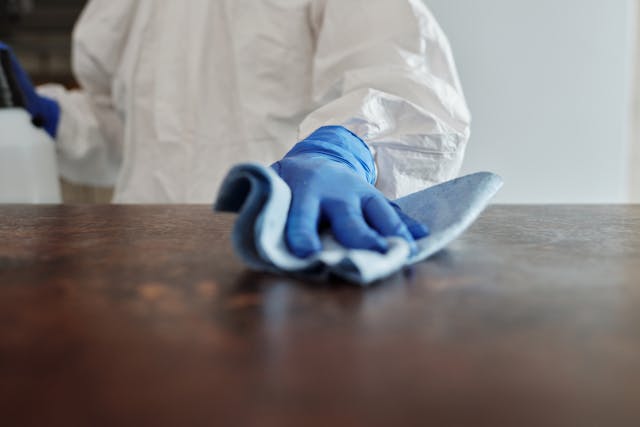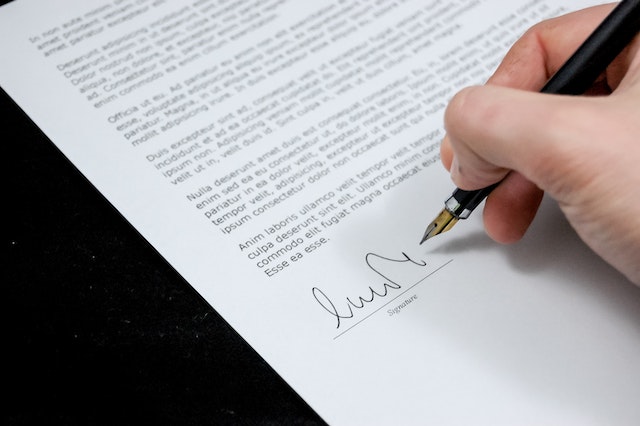Tips To Prevent Tenant Damages To Your Rental Property

Are you tired of costly repairs and maintenance due to tenant damages? Whether you are a long-distance landlord or not, preserving the condition of your rental property is crucial for sustaining its value and ensuring a steady flow of income.
Whether you’re new to the rental business or an experienced property owner, these insights will help you protect your investment, foster a positive landlord-tenant relationship, and keep your property in top shape.
Read on to discover how you can reduce headaches and save money with effective damage prevention techniques. Keep reading this article to learn more!
Tenant Damage Vs Normal Wear and Tear
Understanding the difference between normal wear and tear and tenant-caused damage is essential for landlords when managing a rental property. Normal wear and tear refers to the natural and inevitable deterioration of a property over time due to age and regular use.
Examples include faded paint, worn carpeting, or loose door handles. These are not the responsibility of the tenant to repair but rather the landlord’s obligation to maintain.
On the other hand, tenant-caused damage results from negligence, abuse, or misuse by the tenant beyond everyday activities. This includes significant holes in walls, broken windows, or stains on the carpet.

Identifying this distinction is crucial when assessing security deposits and property conditions at move-out, ensuring that charges are fairly assigned and that the property is maintained effectively for future tenants.
Top Tips to Prevent Tenant Damages
Here is a list of some expert strategies to minimize tenant damages and ensure your rental property remains in top condition, protecting your investment property for years to come.
Comprehensive Tenant Screening
A rigorous tenant screening process is the cornerstone of preventing undue damage to your rental property. This should include a thorough review of the tenant’s rental history, credit scores, current employment, and personal references.
More in-depth checks might involve interviews or questionnaires to gauge the tenant’s habits and responsibility levels. Effective screening filters out potential tenants who might pose a risk, ensuring that only those with a solid track record of responsibility and financial stability are considered.
Crafting Clear Lease Terms
Drafting a detailed lease agreement is vital in establishing a legally binding framework that outlines tenant responsibilities and property care expectations. It’s important to articulate what constitutes acceptable wear and tear versus tenant-caused damage.
Include specific stipulations regarding damage to fixtures, unauthorised painting, or alterations, and stipulate the repercussions of breaching these terms. A clear, comprehensive lease minimises ambiguities, ensuring both parties understand their roles and responsibilities fully.

Routine Property Inspections
Scheduling consistent and thorough property inspections is key to catching and addressing damage early. These should be more frequent than just at move-in and move-out times—consider quarterly or bi-annual checks.
Use these inspections as a chance to engage with tenants, address any of their concerns, and assess firsthand the care they’re taking with your property. This ongoing oversight can significantly deter neglect and ensure any damage is quickly remedied.
Knowledge of Maintenance and Repairs
Having a proactive approach to maintenance and repairs can prevent small issues from becoming big problems. Educate yourself on the basics of home repair or build a trusted relationship with skilled contractors who can provide quick and efficient services.
This readiness not only keeps the property in optimal condition but also reassures tenants that the property is managed professionally, which in turn encourages them to maintain their surroundings to a high standard.
Leveraging Security Deposits
Security deposits are a critical financial deterrent against potential damages. It’s important to explain clearly how the deposit will be held and the conditions for its return or use in repairs.
Be transparent about the evaluation process for any damages at the end of the tenancy, which should be consistent with what’s documented in the lease.

This clarity and fairness in handling deposits can enhance trust and encourage tenants to avoid costly deductions by maintaining the property well.
Fostering Positive Tenant Relationships
Cultivating a respectful and positive landlord-tenant relationship with your tenants can profoundly impact how they treat your property.
Regular, open lines of communication and showing genuine concern for tenant satisfaction can foster mutual respect.
When tenants feel valued and supported, they are more likely to take care of the property and communicate any issues before they escalate.
What Causes Tenant Damage
Let’s take a look at various factors that could lead to tenant damage in your rental property.
Negligence or Carelessness
Negligence often occurs when tenants fail to treat the property with the necessary care. This can include leaving windows open during rainstorms, not reporting leaks, or mishandling appliances and fixtures.
Such carelessness can lead to significant damage over time, necessitating costly repairs that could have been avoided with more attentive behaviour.
Poor Housekeeping Habits
Poor housekeeping can lead to a variety of property issues, including blocked drains, pest infestations, and excessive wear and tear.
When tenants do not clean regularly or adequately, it can result in conditions that progressively worsen, ultimately diminishing the property’s value and appeal. Regular inspections can help landlords identify and address such habits early.
Accidental or Intentional Damage
Accidents happen, and sometimes damage is unintentional, such as a spilled drink on a carpet or a broken window from a stray ball. However, intentional damage, although less common, does occur and includes actions like punching holes in walls or purposeful neglect.
Both types of damage require immediate attention and appropriate response to mitigate further issues and hold tenants accountable.
Conclusion
Thank you for joining us through these essential tips on how to prevent tenant damages to your rental property. Implementing these strategies will not only safeguard your property but also enhance your experience as a landlord.
If you’re looking for more peace of mind, consider partnering with a professional property management company. Limehouse Property Management specialises in protecting your investment and ensuring that your property remains in pristine condition.
With our expertise, you can enjoy the benefits of property ownership without the day-to-day hassles. Let Limehouse Property Management help you maximize your property’s potential today!
